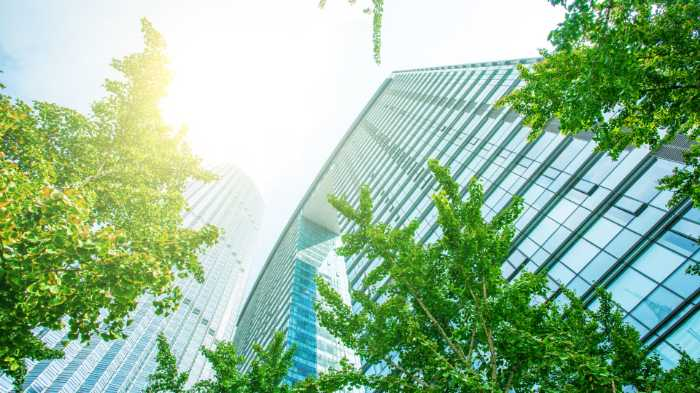
There are many certifications that can attest to the sustainability of your building. Some, like LEED, are well-known and widely respected. Others are less well-known but no less important. In this blog post, we will discuss 7 building certifications that mean your building is sustainable. We’ll go over each certification and what it means for you and your family!
- What is a green building certification and why do you need one?
- The 7 best green building certifications for sustainability
- How to apply for a building certification?
- Which certification program is right for you?
- What are the benefits of sustainable buildings?
- Can existing buildings be turned green?
- FAQs
- Terms and Definitions
What is a green building certification and why do you need one?
Green building certification is a designation given to a structure that has been built using sustainable methods and materials. In order to receive certification, a building must meet certain standards set forth by an organization, such as the Leadership in Energy and Environmental Design (LEED). Green building certifications can be very beneficial for both property owners and occupants.
For example, green buildings often use less energy and water, which can lead to lower utility bills. In addition, they can provide better indoor air quality, which can improve employee productivity and health. As more and more people become aware of the benefits of sustainable buildings, demand for certified buildings is likely to continue to grow.
The 7 best green building certifications for sustainability
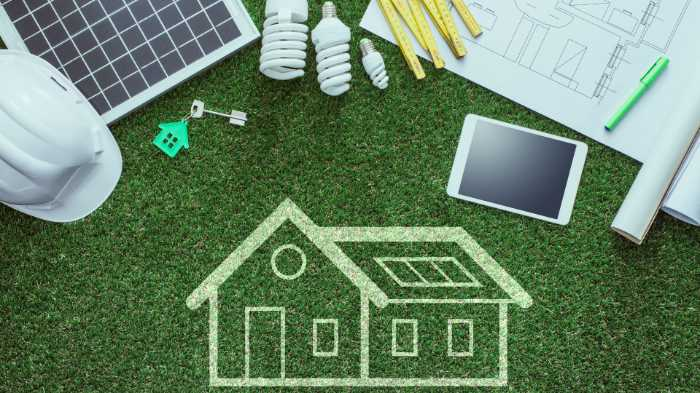
As the world becomes increasingly focused on sustainability, more and more businesses are looking for ways to reduce their environmental impact. One way to do this is to obtain sustainable building certification. There are a variety of different green building certifications available, each with its own set of standards and requirements. Here are 7 of the best green building certifications for sustainability:
1. Leadership in Energy and Environmental Design (LEED)
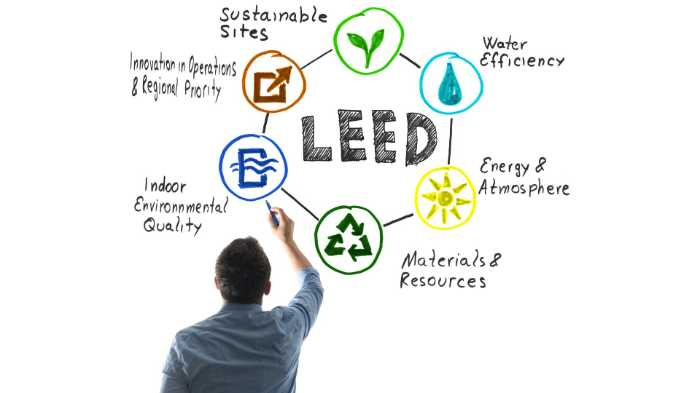
LEED is a green building rating system that was developed by the United States Green Building Council (USGBC). The LEED system focuses on six key areas: site selection, water efficiency, energy performance, indoor environmental quality, materials and resources, and innovation and design process.
In order to achieve LEED certification, a building must meet certain standards in each of these categories. For example, a building must have a green site plan that includes features such as native landscaping and stormwater management.
Additionally, the building must be designed to reduce water consumption and utilize energy-efficient lighting and HVAC systems.
Lastly, the building must provide a good indoor environment and use sustainable materials.
While meeting all of these standards can be challenging, the benefits of LEED certification are clear. Buildings that are certified under the LEED system are more energy-efficient and environmentally friendly, which can lead to lower operating costs and a smaller carbon footprint.
In addition, LEED-certified buildings often have better indoor air quality, which can improve human health and productivity. As more organizations become interested in reducing their environmental impact, it is likely that the popularity of LEED certification system will continue to grow.
2. Building Research Establishment Environmental Assessment Method (BREEAM)
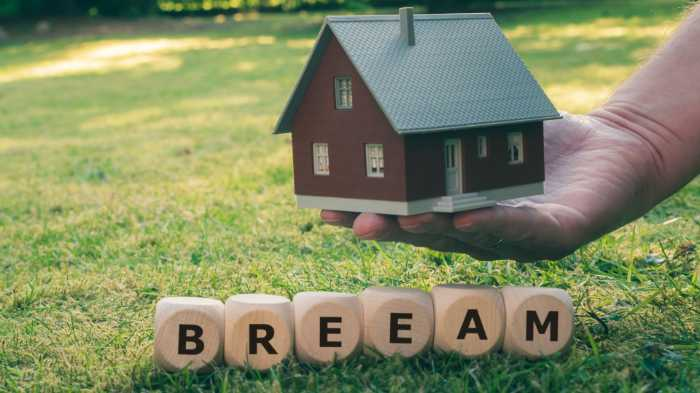
BREEAM is a global environmental assessment method for corporate and residential buildings. This green building rating system was established in 1990 and has since been used to assess over 500,000 buildings worldwide. BREEAM provides a comprehensive assessment of a building’s environmental performance, including energy use, water consumption, waste generation, Indoor Environmental Quality, transportation, and more.
This comprehensive assessment system is based on points, with projects receiving a rating of Pass, Good, Very Good, Excellent, or Outstanding. BREEAM is the most widely used green building certification program in the world, and it is recognized by many organizations as a leading environmental standard.
You can’t improve what you don’t measure.
Free Verified Carbon Calculators.
Erase Your Carbon Footprint in less than 5 Minutes
Personal Carbon Footprint Calculator
Business Carbon Footprint Calculator
3. National green building standard
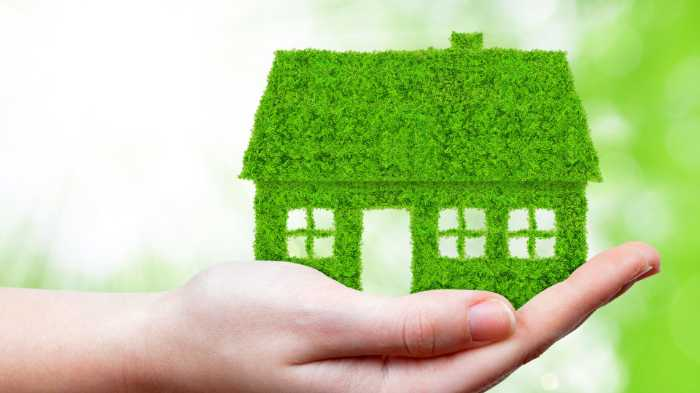
The National Green Building Standard (NGBS) is one of the most popular green building certifications and for a good reason. It is a comprehensive standard that covers everything from energy efficiency to water conservation to indoor air quality.
As a result, the NGBS has a wide reach and is constantly evolving to stay up-to-date with the latest green building practices. If you are looking for a certification that will cover all of your bases, the NGBS is a great option.
4. Living building challenge
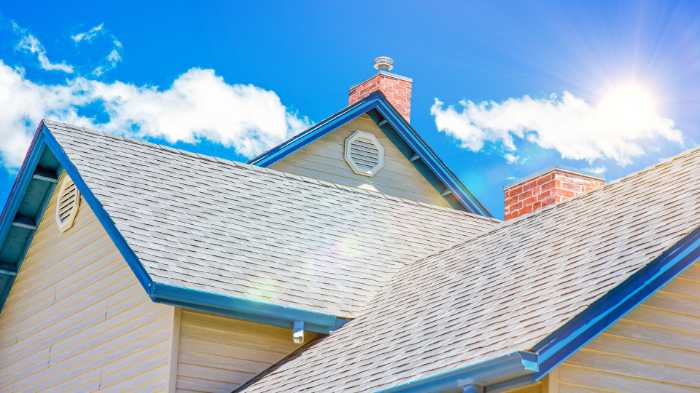
The Living Building Challenge is a green building certification program that sets the bar for sustainable design and construction. It is the most rigorous and comprehensive certification program available, and it challenges builders to create structures that are net zero energy, water, and waste. To date, only a handful of buildings have been certified under the program, but it is rapidly gaining popularity as an increasingly pressing need for sustainable construction.
The Living Building Challenge certification is an important step in the right direction for the built environment, and it is sure to have a major impact on the way we design and build in the years to come.
5. The Well building standard
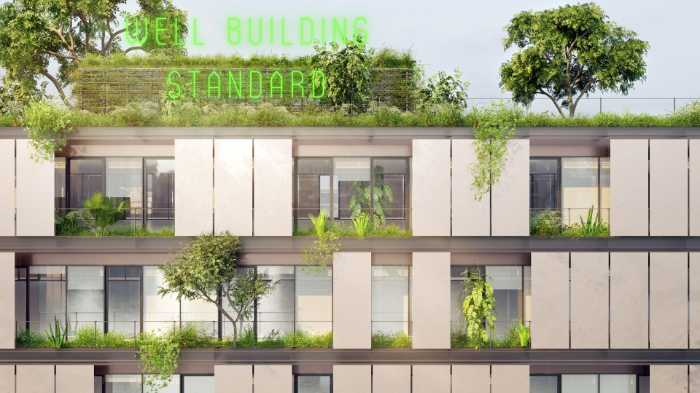
The WELL Building Standard (WELL) is a building certification system that focuses on enhancing people’s health and well-being in the built environment. It was developed by the International WELL Building Institute (IWBI) in 2014. The WELL v2 pilot was launched in October 2015, and it is the latest version of the WELL standard. WELL is third-party certified by Grounded, an international certification body.
The standard addresses seven concepts of wellness: air, water, nourishment, light, fitness, comfort, and mind. To earn a WELL certificate, a building must pass all seven categories. One hundred and fifty technical features contribute to a final score, which is used to rate a building on a scale from 0 to 100 points.
There are three levels of WELL certification: Silver, Gold, and Platinum. The level of certification is determined by the number of points a building earns. A minimum of 39 points is required for Silver certification, 59 points for Gold, and 79 points for Platinum.
The WELL Building Standard is voluntary and can be applied to both new construction and existing buildings. Commercial office buildings are the most common type of WELL-certified buildings, but the standard can be applied to any type of structure including office buildings, schools, hospitals, and retail spaces.
The benefits of WELL-certified buildings include improved employee productivity, reduced absenteeism, and lower healthcare costs. In addition, WELL-certified buildings can increase property values and rents and attract tenant companies that are looking for healthier workplace environments.
6. Energy star
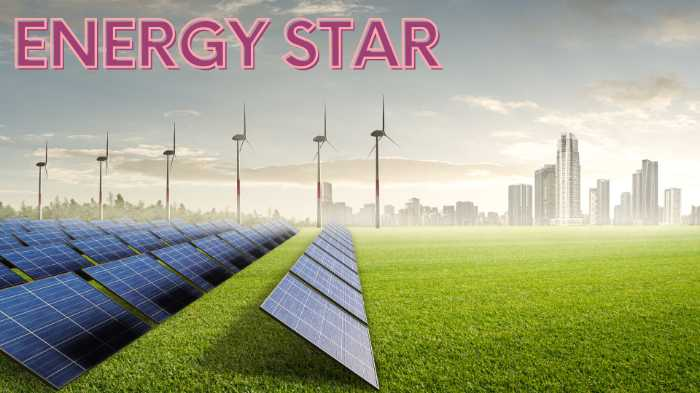
Energy Star is a joint program of the U.S. Environmental Protection Agency and the U.S. Department of Energy, created to help businesses and homeowners save money and protect the environment through energy-efficient products and practices. The Energy Star label can be found on more than 60 different types of products, as well as new homes and commercial buildings.
To earn the label, a product or building must meet strict energy efficiency guidelines set by the EPA and DOE. The Energy Star program is one of the most popular green building certifications, with more than 20,000 businesses and organizations committed to protecting the environment through energy saving.
In addition to saving businesses and homeowners money on their energy bills, the Energy Star program also reduces greenhouse gas emissions and helps to create a cleaner, healthier environment for all of us.
7. GreenGuard
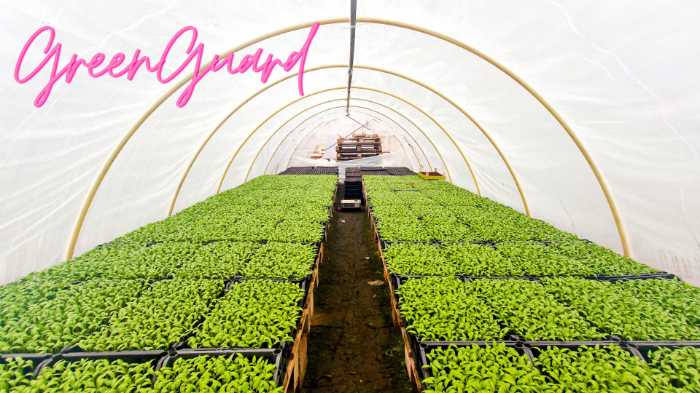
Greenguard is a certification program that helps manufacturers create products that have low chemical emissions, improving indoor air quality. Greenguard-certified products are rigorously tested to ensure they meet strict carbon emissions standards, and they must be regularly re-tested to maintain their certification. The program is run by the UL (Underwriters Laboratories), an independent, nonprofit organization that specializes in product safety testing and certification. Greenguard certification is voluntary, but many companies choose to participate in order to show their commitment to creating healthy indoor environments. Products that have been certified by Greenguard include paint, carpet, adhesives, furniture, and HVAC systems.
Some of the benefits of specifying Greenguard-certified products include improved indoor air quality, reduced health risks for occupants, and LEED credit availability. Greenguard-certified products are often used in healthcare facilities, schools, office buildings, hotels, and residences. When selecting sustainable building materials, it is important to consider the health of both the occupants and the environment. Greenguard-certified products can help you create a healthy and sustainable indoor space.
How to apply for a building certification?
Green building certification is a process by which a building is deemed to be environmentally friendly and sustainable. There are a number of different certification programs available, each with its own specific requirements. However, the general certification process for applying for green certification is similar across most programs.
The first step is to gather information about the building, including its size, location, and type of construction. This information will be used to determine which certification program is most appropriate.
Once a program has been selected, the next step is to submit an application. This application will include detailed information about the building and its design.
After the application has been reviewed, an on-site visit may be conducted by the project teams. During this visit, inspectors will assess the building’s compliance with the program’s standards. If the building meets all of the requirements, it will be awarded a green building certification.
Which certification program is right for you?
When you are ready to take the plunge and build your dream green home, you may be wondering which green building certification program is right for you. There are a variety of certification programs out there, each with its own set of requirements and benefits. The most important thing is to choose a program that will fit your needs and lifestyle. For example, if you are looking for a program that emphasizes energy savings, the LEED program may be a good fit. If you want a program that focuses on sustainable materials, the Living Building Challenge could be a better choice. Ultimately, the best way to decide which program is right for you is to do your research and talk to other green builders who have gone through the process. With a little bit of effort, you can find the perfect green certification program for your new home.
What are the benefits of sustainable buildings?
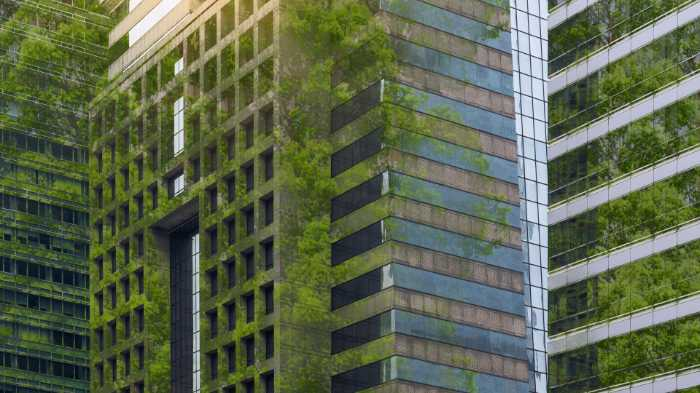
Here are seven of the top benefits of green building standards:
- Reduced energy consumption
- Reduced water consumption
- Improved indoor air quality
- Reduced noise pollution
- Increased natural light
- Enhanced thermal comfort
- Lower maintenance costs
Can existing buildings be turned green?

Yes, both new and existing buildings can be turned green. In recent years, there has been an increasing focus on sustainability in the construction industry. As awareness of the environmental impact of the built environment grows, more architects and developers are looking for ways to incorporate green design into their projects. There are many ways to make a building more sustainable, from using energy-efficient materials to installing solar panels. One of the most effective ways to make a building green is to use recycled or reclaimed materials. This can include anything from using recycled glass in windows to incorporating salvaged wood into flooring or walls. Not only does this reduce the need for new resources, but it also helps to create a unique and environmentally friendly space. With the right approach, it is possible to make existing buildings more sustainable and eco-friendly.
Conclusion
Building certifications provide a way for commercial property and homeowners to certify their properties as sustainable and environmentally friendly. There are a number of different certification programs available, each with its own specific requirements. However, the general process for applying for green certification is similar across most programs. Sustainable real estate options are becoming increasingly popular as people become more aware of the importance of living green. There are many benefits to living and working in sustainable buildings including reduced energy consumption, improved indoor air quality, and lower maintenance costs. In addition, sustainable homes are often more comfortable and attractive than traditional homes. There is also sustainable building recertification to consider for those who have lapsed.

FAQs
What are some of the well-known international green building certification programs?
- Japan Sustainable Building Consortium
- German Sustainable Building Council
- International Living Future Institute
- Sweden Green Building Council
- Building and Construction Authority Singapore
How can I build a greenhouse?
To build a greenhouse, you’ll want to focus on building performance and sustainable building practices. There are a number of green building guidelines you can follow, and many new construction projects are now certified by green building programs. This focus on energy use and environmental benefits can have a significant impact on the overall sustainability of your project.
Can commercial interiors be sustainable?
Yes, commercial interiors can be sustainable. When designing or renovating a space, there are many opportunities to incorporate sustainable elements that will reduce the environmental impact of the space and improve the indoor environment for occupants. In new construction, for example, sustainable design strategies can be used to minimize the ecological footprint of the building. In major renovations, existing buildings can be updated with more efficient systems and materials to improve their sustainability. By incorporating sustainable design principles into commercial interiors, we can create sustainable sites that are more efficient and have a positive impact on the environment.
What is Green Globes?
Green Globes is a voluntary rating system for new and existing commercial buildings that promotes sustainable practices. Developed by the Green Building Initiative, it assesses a building’s performance in eight categories: management, energy, water, resources, indoor environmental quality, emissions, location, and site. Green Globes is unique in that it offers a third-party verification option, providing an independent assessment of a building’s compliance with the rating system. As a result, Green Globes is increasingly being recognized as a credible alternative to other green building rating systems.
What are eco certifications?
Eco certifications are third-party certifications that verify that a product or company meets certain environmental standards.
What does it mean to be green-certified?
Being green-certified simply means that a product or company has been verified to meet certain environmental standards. This could include standards related to energy use, emissions, waste management, and more. There are several certification programs that are all good in their own capacity. Having green certification can help a company to stand out from the competition and show that they are committed to sustainability.
Which is the largest green building in the world?
The Palazzo Las Vegas is the largest green building in the world. The hotel and casino resort was certified LEED Platinum by the U.S. Green Building Council, making it the largest LEED-certified building in the United States.
Terms and Definitions
Construction ESG Software
Construction ESG software refers to a suite of software solutions developed to help construction companies manage their environmental, social, and governance (ESG) risks and performance. These solutions are designed to help organizations adopt sustainable practices, reduce their carbon footprint, and improve their overall social and environmental impact. Some of the key features of construction ESG software include real-time data monitoring, analytics and reporting, risk assessment and management, and compliance tracking. By using these solutions, construction companies can not only minimize their environmental impact but also make informed decisions that lead to long-term success and stakeholder value.
Leed Certified Definition
LEED (Leadership in Energy and Environmental Design) certified buildings are those that meet the highest standards of sustainability and environmental responsibility. These buildings are recognized around the world as symbols of excellence in designing and constructing highly efficient and environmentally friendly structures. The LEED certification program was developed by the US Green Building Council (USGBC) in 1998 and has since become one of the world’s most widely recognized green building rating systems. LEED certification covers a wide range of building types and practices, from energy efficiency and water conservation to indoor air quality and renewable energy use. Achieving LEED certification is a significant achievement for construction companies, as it demonstrates a commitment to sustainability and responsible business practices.
Astute business leaders have also read….
How to Write a Sustainability Report

Dean Emerick is a curator on sustainability issues with ESG The Report, an online resource for SMEs and Investment professionals focusing on ESG principles. Their primary goal is to help middle-market companies automate Impact Reporting with ESG Software. Leveraging the power of AI, machine learning, and AWS to transition to a sustainable business model. Serving clients in the United States, Canada, UK, Europe, and the global community. If you want to get started, don’t forget to Get the Checklist! ✅
